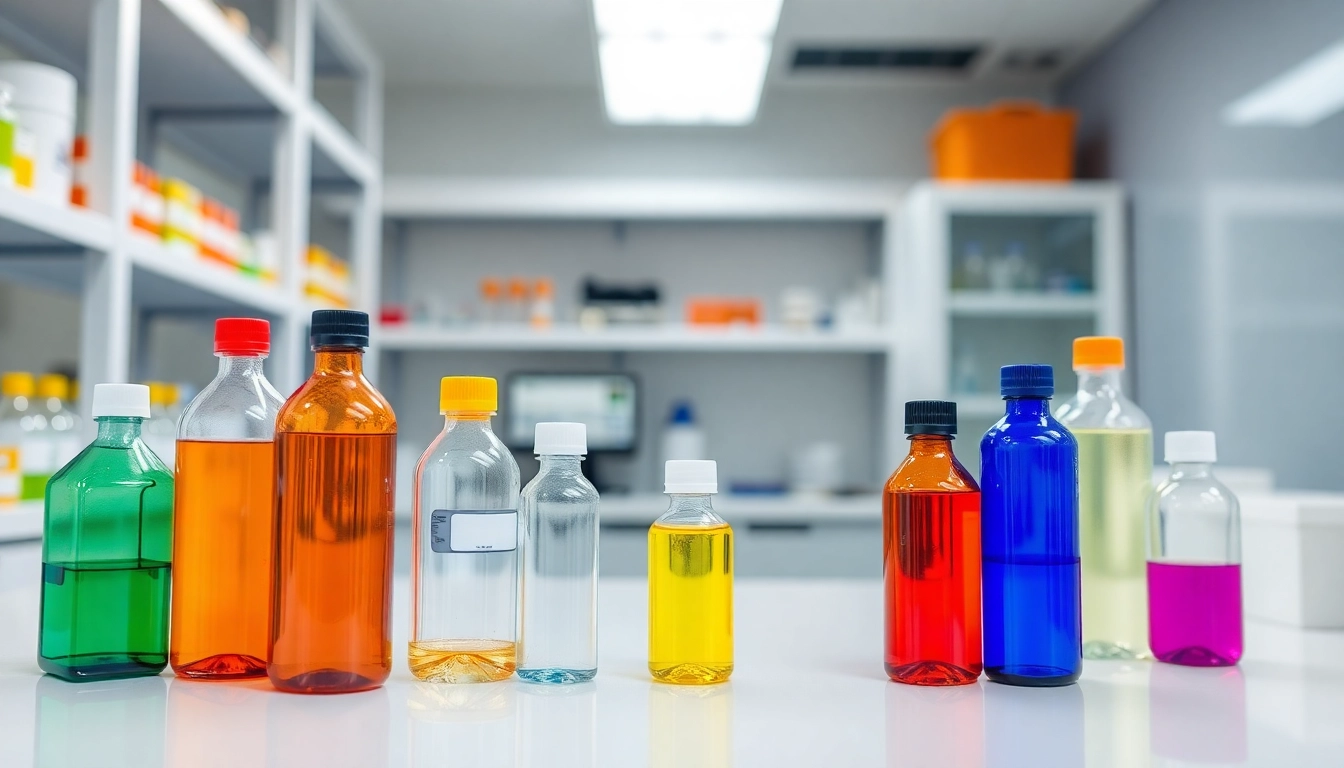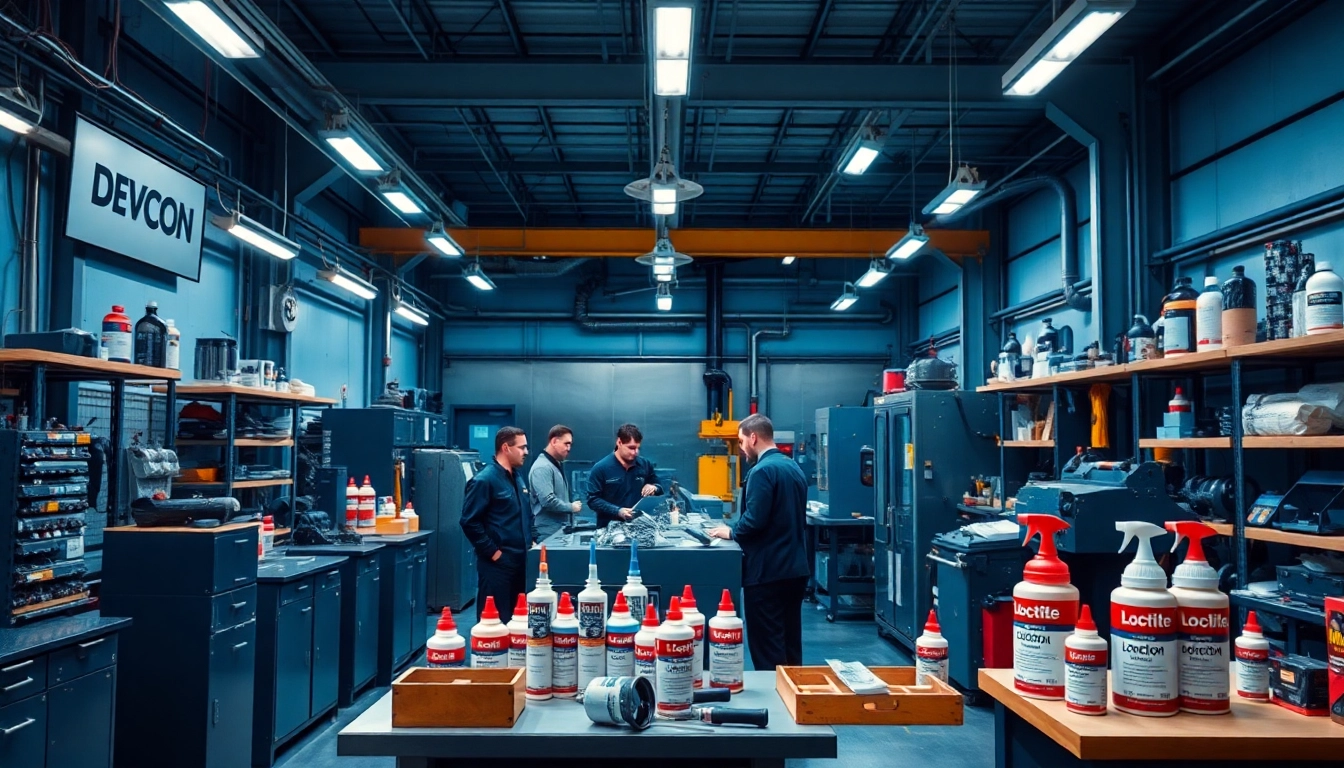Understanding Polietilen Şişe: Materials and Characteristics
Polietilen, commonly known as polyethylene, is a versatile thermoplastic polymer extensively used in producing various packaging solutions, including polietilen şişe. These bottles are favored across multiple industries due to their durability, chemical resistance, and adaptability to different manufacturing processes. The fundamental composition of polietilen involves long chains of ethylene monomers, which give the material its unique properties such as flexibility, impact resistance, and ease of processing.
What is Polietilen and How Is It Used in Sise Bottles?
Polietilen is a lightweight, semi-rigid plastic that can be manufactured in various forms, including high-density (HDPE) and low-density (LDPE), each suitable for specific packaging needs. In the context of sise bottles, or bottles, polietilen provides excellent barrier properties against moisture and gases, making it ideal for storing liquids like chemicals, cosmetics, and food items. Its transparency, combined with easy molding capabilities, enables brands to create visually appealing and functional bottles tailored to their product requirements.
Advantages of Polietilen Şişe in Industrial Packaging
- Durability and Impact Resistance: Polietilen bottles withstand rough handling and transportation, reducing damage during logistics.
- Chemical Compatibility: Resistant to many chemicals, making them suitable for storing cleaning agents, pharmaceuticals, and industrial chemicals.
- Cost-Effective Production: The manufacturing process allows for large-scale production at competitive prices without compromising quality.
- Lightweight and Flexible: Facilitates easier handling and reduces transportation costs, with added flexibility for creative design.
- Recyclability: Polietilen bottles are highly recyclable, aligning with global sustainability initiatives and consumer demands for eco-friendly packaging.
Common Types and Sizes of Polietilen Şişe Bottles
Polietilen şişe come in a wide range of sizes, from small 100 ml bottles used in cosmetics to large 5-liter containers for industrial chemicals. Typical shapes include cylindrical, rectangular, and customized ergonomic designs to meet industry-specific needs. The most common sizes are 250 ml, 500 ml, 1 liter, 2 liter, and 5 liter, with variations in neck sizes, cap types, and surface finishes to facilitate different filling and sealing processes.
Design and Manufacturing of Polietilen Şişe
Material Selection and Production Processes
The choice between HDPE, LDPE, or other polyethylene variants hinges on the intended application. High-density polyethylene (HDPE) is favored for its rigidity and strength, suitable for larger, heavy-duty bottles. The manufacturing techniques involve extrusion, blow molding, and injection molding, each offering distinct advantages. Blow molding is the most prevalent for creating hollow bottles with uniform walls and seamless finishes, ensuring both aesthetic appeal and structural integrity.
Innovative Design Features for Better Usability
Modern polietilen şişe incorporate features such as ergonomic grips, child-proof caps, tamper-evident seals, and customizable neck finishes. Innovations also include textured surfaces to improve grip, integrated handles for ease of pouring, and printable surfaces for branding. The incorporation of anti-slip textures or translucent colors enhances user experience and brand differentiation.
Customizing Polietilen Şişe for Specific Industries
Industry-specific customization involves tailoring the size, shape, cap type, and surface texture to meet particular regulatory and operational requirements. For instance, cosmetic bottles may require slender, elegant designs with precise spray nozzles, while chemical containers prioritize ruggedness and chemical resistance. Advanced digital printing, UV coatings, and laser etching enable brands to personalize their polietilen şişe for marketing and safety purposes.
Health and Safety Aspects of Polietilen Plastik
Is Polietilen Şişe Safe for Food and Chemical Storage?
Polietilen is recognized globally as a food-safe material when manufactured according to strict standards. It does not leach harmful chemicals under normal use, making it suitable for storing consumables and chemicals. Numerous studies affirm that high-quality polyethylene bottles do not pose health risks, provided they are used within specified temperature and chemical exposure limits. Manufacturers adhering to FDA or European Food Safety Authority (EFSA) regulations ensure that their polietilen ürünleri are safe for consumer use.
Environmental Impact and Recycling Options
The sustainability of polietilen şişe is a critical aspect in today’s eco-conscious market. These bottles are 100% recyclable through established plastic recovery systems. Recycled polyethylene can be reprocessed into new bottles or other plastic products, reducing environmental waste. Innovations such as biodegradable polyethylene variants and lightweight design further mitigate ecological footprints.
Guidelines for Responsible Use and Disposal
Proper disposal involves segregating polyethylene bottles for recycling, avoiding contamination with incompatible materials, and encouraging refill and reuse initiatives where feasible. Users should follow local recycling protocols, clean bottles thoroughly before recycling, and support brands committed to sustainable packaging practices to foster environmental conservation.
Market Trends and Buying Guide for Polietilen Şişe
Latest Industry Trends and Demand Drivers
The global demand for polietilen şişe is driven by expanding pharmaceutical, cosmetic, and industrial sectors. Additionally, the rising emphasis on sustainable packaging has spurred innovations in recyclable materials and eco-friendly manufacturing processes. The trend toward personalization and premium packaging also influences design and production standards, encouraging manufacturers to invest in high-quality, customizable bottles tailored to customer specifications.
Factors to Consider When Choosing Polietilen Şişe Suppliers
Critical criteria include supplier reputation, compliance with safety standards, customization capabilities, lead times, pricing, and sustainability practices. An ideal supplier should offer a diverse product catalog, reliable delivery, and post-sales support, including advice on optimal storage and handling. Due diligence involves assessing their manufacturing certifications and customer testimonials to ensure consistent quality.
Price Range and Bulk Purchase Benefits
Prices vary based on size, design complexity, and order volume. Bulk purchasing affords significant discounts, reduced per-unit costs, and streamlined logistics. For industrial clients, establishing long-term partnerships with manufacturers ensures consistent supply, favorable payment terms, and opportunities for co-developing bespoke packaging solutions.
Strategies to Maximize Efficiency with Polietilen Şişe Bottles
Optimizing Storage and Handling
Efficient storage involves stacking bottles logically to prevent deformation, protecting them from extreme temperatures, and maintaining a clean environment to avoid contamination. Incorporating pallets with appropriate spacing and handling equipment such as forklifts or carts enhances safety and productivity.
Maintaining and Cleaning Polietilen Şişe
Routine cleaning extends the lifespan of bottles and ensures product integrity. Washing with mild detergents, rinsing thoroughly, and air drying are best practices. For bottles used in sensitive applications, validation of cleaning procedures and sterilization methods are recommended to meet regulatory standards.
Integrating Polietilen Şişe into Your Supply Chain
Seamless integration involves just-in-time ordering to minimize storage costs, establishing reliable logistics channels, and coordinating with manufacturing schedules. Employing inventory management software can optimize stock levels, reduce waste, and improve turnaround times, leading to cost savings and enhanced operational efficiency.



